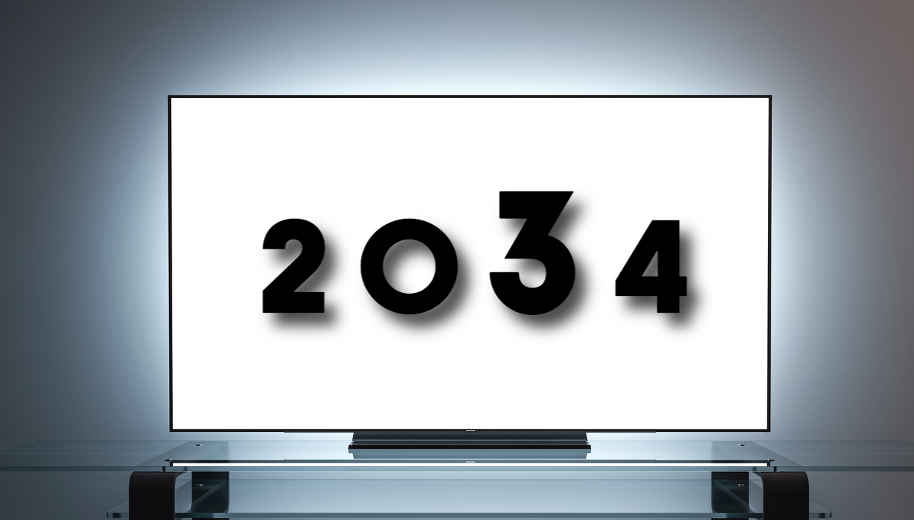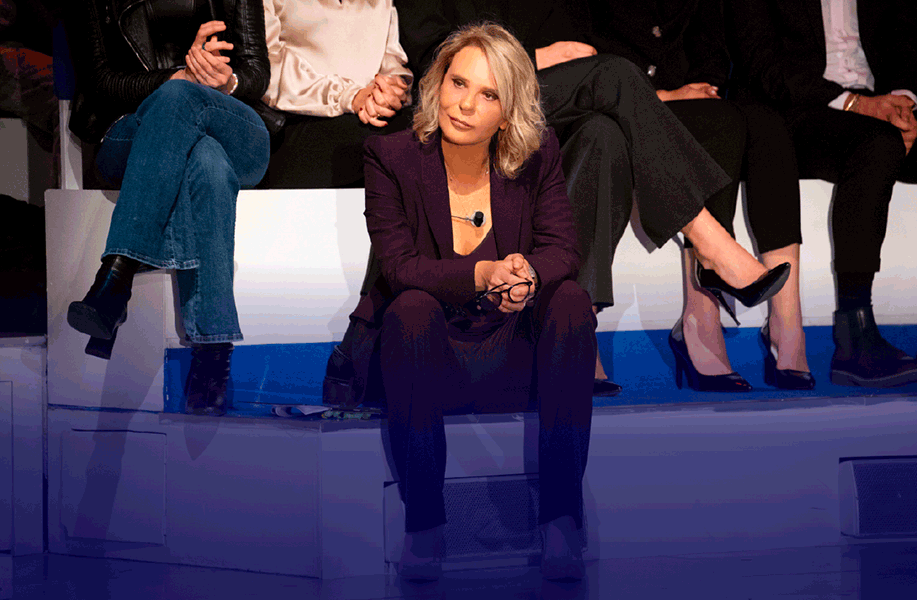There are many who try to predict what will happen from one year to the next, but hardly anyone about the next decade. The reason for this is that it is impossible to know exactly what the audiovisual system (let alone the world as a whole...) will look like in ten years' time. The tremendous changes - technological and social - of the last period are only a foretaste of what will happen in the near future. We have arrived at one of those turning points that periodically mark a 'before' and an 'after', mark the epochs and turn the tables in every sense.
It is too early to say which direction this radical change will take: the data we have are not yet sufficient. While some developments are well known and fairly predictable, others are much more difficult to hypothesise, because it is not certain that what is unfolding in this period will follow a linear path. The following should therefore be taken for what it is: a simple game. But perhaps it can provide some interesting insights...
So this is what the audiovisual system could look like in 2034, from the point of view of the overall scenario. In next Friday's Espresso we will talk about the contents of the future!
Although traditional broadcasters television has not yet disappeared completely (it may do so in the next decade), the vast majority of viewing is streaming (but for consumption of medium and long-form media content, TV remains firmly in the lead). To describe this scenario, the most appropriate expression is ‘digital jam’: a flood of content of all kinds available online, in which it is easy to get lost and waste endless time searching for what you want to watch.
To partially solve this problem, all devices are equipped with EPGs with an advanced AI facial recognition system (which, of course, knows everything about me): it will suggest the most suitable content based on my previous interests and my current mood ("Tonight, dear Axel, I can see that you are a little down, so I suggest the romantic comedy that you liked so much when you were young...").
In any case, the ‘digital jam’ is not a completely undifferentiated, limitless mass, because within it there is a division, and a fairly clear one: that between the - relatively few - channels with ‘rich’ content (high budget) and the vast majority of channels with ‘poor’ content (low and very low budget).
The first group includes channels/networks/bundles/conglomerates that have managed to gain a competitive advantage over the competition during the very delicate transition period and therefore have a fairly large and loyal reference audience (in the sense that viewers appreciate and identify with their offerings and therefore tend to stay within the familiar and reassuring confines of their boundaries, rarely venturing into the 'digital jam').
This group includes a dozen or so ‘global players’ (some of them from the technology sector, which is set to expand and increasingly colonise the audiovisual world), present in almost all the countries of the world, albeit in varying proportions, but sharing their leadership with ‘historical local players’, strong and established in a single country or group of countries.
The second group includes all the rest of the offer (a huge, heterogeneous galaxy of different actors: small channels, commercial brands, content creators, organisations and associations, temporary channels, prodcos channels...), which can count on a very large audience in terms of numbers (the world's population is still growing and everyone needs to consume audiovisual products), but which is fragmented and has little or no loyalty: the practice of content surfing is compulsive and incessant, and the audience has to be conquered each time, with each single product. Hard work: but if you happen to get the right content, the profits can be enormous.
The economic models and viewing patterns are more or less the same, with an offer that mixes (in slightly different proportions) advertising and paid subscriptions, alternating between flow (FAST) and on-demand viewing. In the 'poor' group, on the other hand, the free model (AVOD) predominates, with some single premium paid content.
This dichotomy is also reflected in the markets, which will be reduced by natural selection over the next few years. Half a dozen (perhaps) will survive, aimed at the elite of 'rich' operators, with exclusive suites and venues equipped with every comfort (yes, I am thinking of the London events ;), to which will be added a series of other fragmented and specialised markets (by genre, micro-genre, geographical area and purpose). Here too, although they can no longer be defined as ‘global’, those who find the right formula, useful to a homogeneous group of operators, can build a space that is anything but marginal.
To be continued in the next issue…
To read the other news about a brand-new English digital format and two Australian inclusive formats go to https://cmmespresso.substack.com/p/television-2034-what-will-the-tv
SUBSCRIBE to FORMATS & FACTUALS' most followed indie FREE NEWSLETTER by clicking on https://cmmespresso.substack.com/











